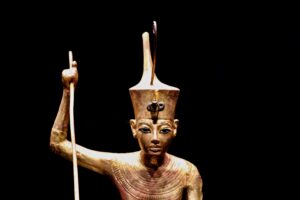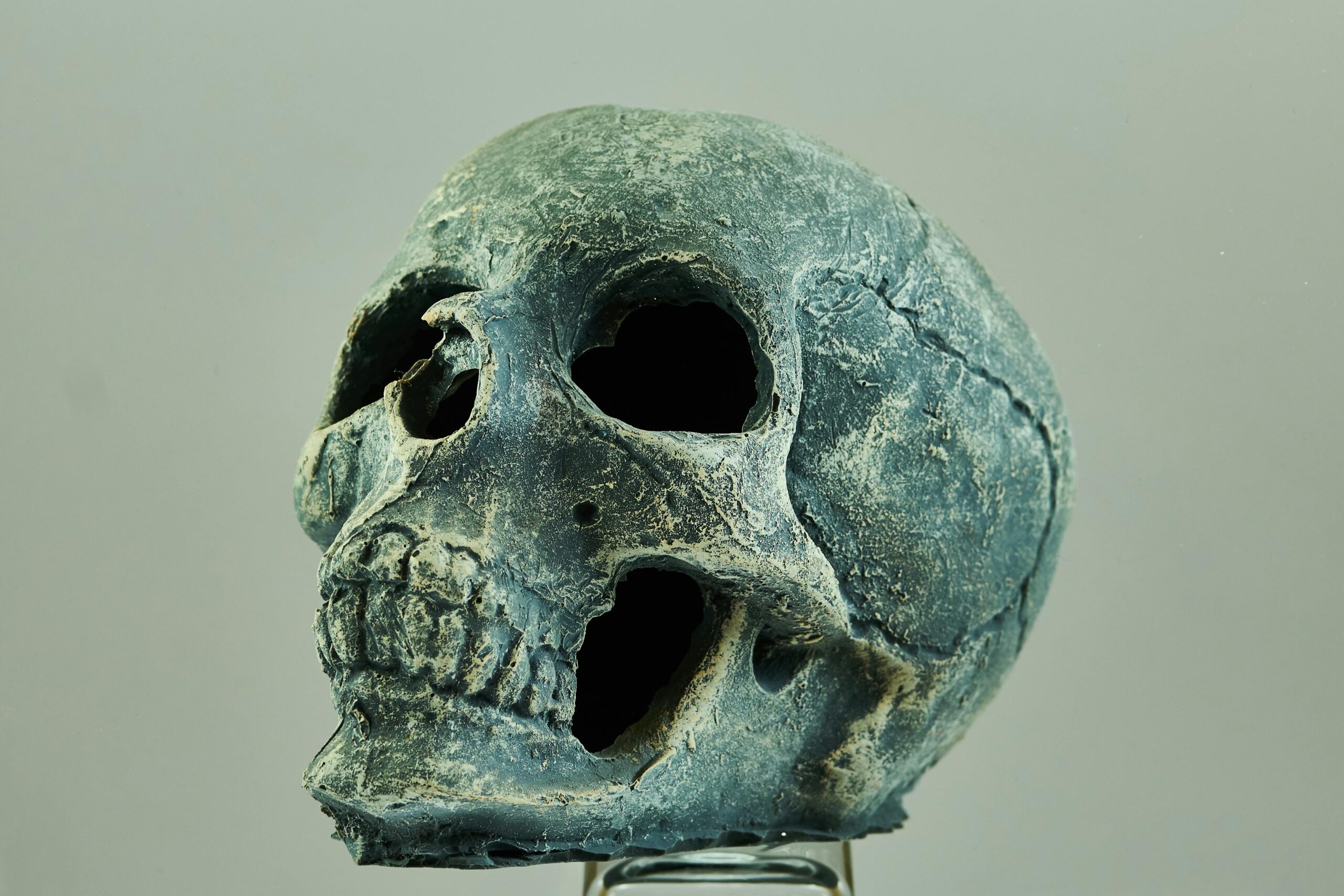(Decoding the Huns by ancient DNA)
For centuries, the Huns have been covered in mystery. These wild and extreme warriors, who marched into Europe in the 4th and 5th centuries, The Huns, known for violence, were thought to be from the Xiongnu Empire. Empire of Central Asia. The idea was that the Huns were descendants of these earlier nomadic people. But recent deep genetic research has found that this was old story we used to think , but it’s more interesting than that.
The Old Theory and the Xiongnu Connection
Historians noticed cultural similarities between the Huns and the Xiongnu, like their typical bows and arrows and the practice of artificially deforming skulls. This led to the assumption that the Huns were a lineage of the Xiongnu. Think of it like seeing similar life styles in two different countries and assuming that they must share a common ancestor. But,
 (pictured by James Lee based in southern California)
(pictured by James Lee based in southern California)
DNA Tells a Different story
According to recent study and from the researchers analysis about ancient DNA They examined the genomes of a shocking 370 skeletons from Hunnic burial sites across Europe and it s said that skull was of a woman. Which was found in Pusztataskony, Hungary. And It is linked with a Mongolian region Xiongnu. This allowed researchers into the genetic makeup of the Huns like never before. And hence the Huns were found to be genetically diverse. They were not a single, homogenous group of people from one place. Instead, they were a mix of individuals with a wide range of ancestries.
Their DNA showed that they had roots in various regions, indicating that they were formed through the merging of different groups. This finding, combined with a previous 2024 study that showed the Xiongnu were also genetically diverse, makes a direct line of decent between the two groups less likely.
What can be suggested ?
This research doesn’t mean the Huns and Xiongnu had no contact or influence on each other. Cultural exchange could still explain the similarities we see. But it does mean that the Huns were not simply migrated towards west from the Xiongnu. They were a more complex entity, a dynamic group formed through the interaction of various populations. This highlights that many large nomadic groups were not single tribes, but a collection of many different people. This research shows us that Many groups joined the Huns. The story of the Huns is a reminder that history is rarely simple.
The study was originally published in Journal PNAS

